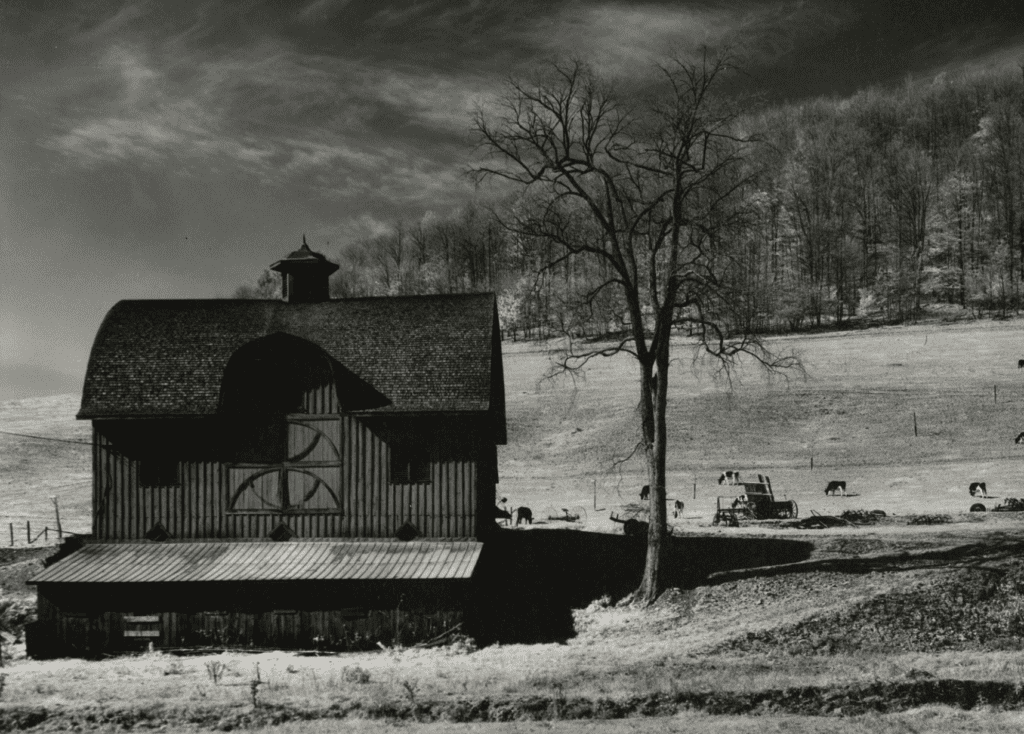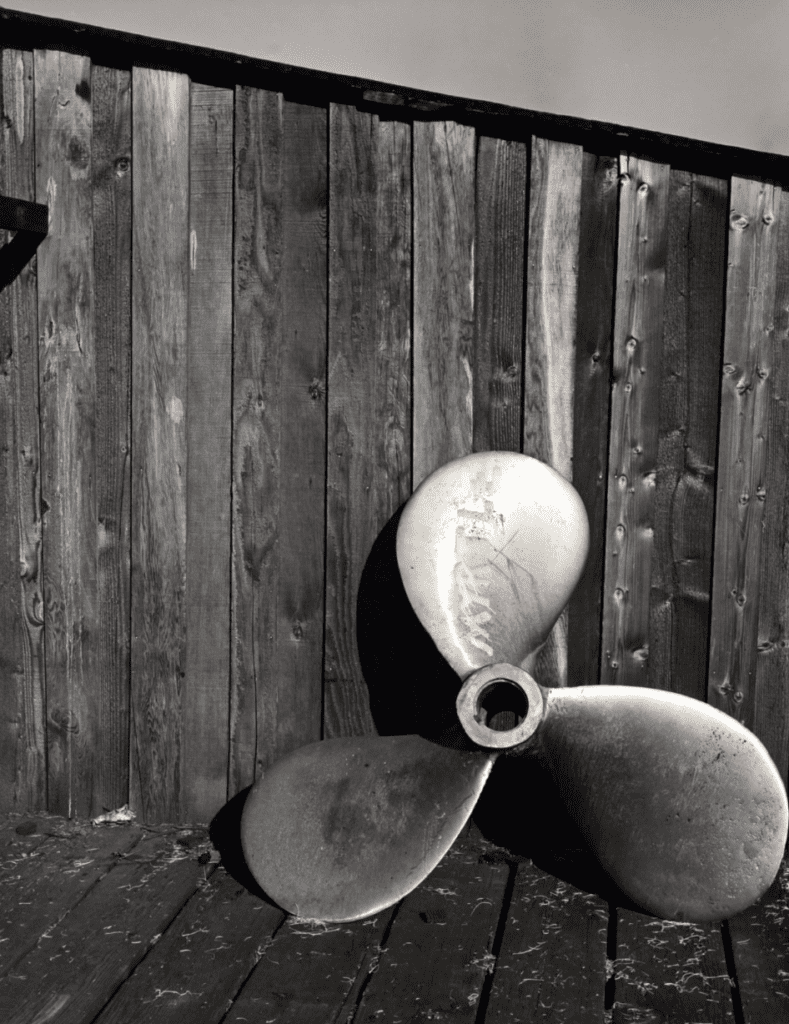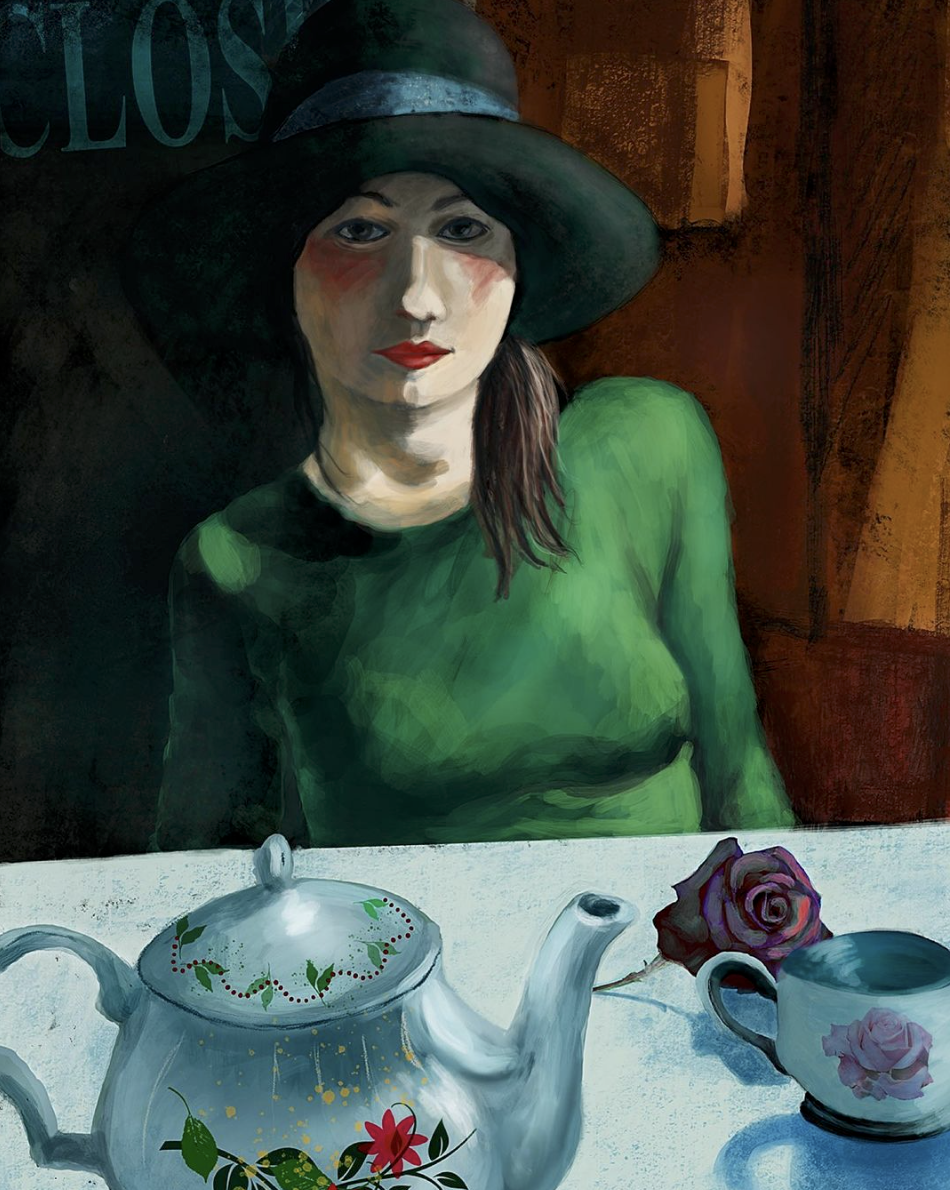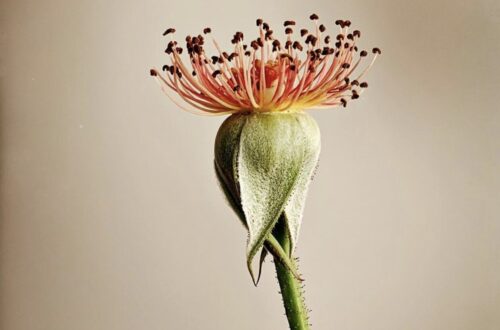
Book Review – Minor White: Memorable Fancies
Book Review – Minor White: Memorable Fancies
Minor White (1908–1976) was a pivotal figure in 20th-century American photography, renowned for his evocative images and profound writings on the philosophy of art and existence. The recent publication of Minor White: Memorable Fancies offers an unprecedented glimpse into his inner world, presenting his journals in their entirety for the first time. This 544-page volume, published by the Princeton University Art Museum on 4 March 2025, is a significant addition to the study of photographic art and theory.
Memorable Fancies comprises the daybooks that White began in the early 1930s, drawing inspiration from William Blake’s The Marriage of Heaven and Hell. These writings serve as a multifaceted document—part diary, part photography manual, and part aesthetic treatise—offering readers an intimate look at White’s thoughts, struggles, and artistic evolution. The inclusion of over 100 illustrations enriches the text, allowing readers to visually engage with the subjects of White’s contemplations.

Early Life
Born in 1908 in Minneapolis, Minnesota, Minor White’s early life was marked by familial complexities and personal introspection. His middle name was his mother’s maiden name, and he spent considerable time with his maternal grandparents, fostering a deep connection with nature that later influenced his decision to study botany. It was his grandfather, George Martin, an amateur photographer, who introduced him to photography by gifting him his first camera in 1915.
White’s journey into photography was not linear. After initially pursuing botany at the University of Minnesota, he experienced a period of uncertainty, exploring writing and other interests. During this time, he began his journal, “Memorable Fancies,” which would become a lifelong endeavour, capturing his poems, intimate thoughts, and reflections on his sexuality and artistic aspirations.
Identity
One particularly fascinating aspect of Minor White: Memorable Fancies lies in the way the journal entries candidly reveal White’s complex relationship with his own identity—particularly his sexuality—and how that informed his art. This is not merely of biographical interest; it profoundly shaped the way he approached photography, as both a tool of self-exploration and a vehicle for spiritual connection.
In one sequence of entries from the 1940s, White reflects in raw and poetic language the emotional intensity of photographing young men. He writes not only about the physical beauty he observed but the deeper, more intangible connection he sought to capture. These passages oscillate between yearning, guilt, transcendence, and revelation. The journal becomes a kind of confessional, but also a metaphysical workshop in which he tries to forge a language for the ineffable.
What makes this so compelling is how this inner dialogue directly informed his celebrated theory of “Equivalence”—the idea that a photograph could serve not just as an image of something, but as an emotional or spiritual equivalent of a state of being. For White, the act of photographing was charged with the possibility of transformation. In a deeply moving entry, he writes about looking through the viewfinder as a meditative practice, where “the image is not the subject, the image is the way in.”
This becomes even more poignant when seen alongside his photographs of male nudes, cloud forms, and doorways—subjects that in White’s hands often appear less like representations of the physical world and more like visual mantras. A door is never just a door; it is a symbol of passage, of inner searching, of liminality. A young man’s back, captured in soft contrast and delicate light, is not just an aesthetic object but an emotional cypher, standing in for longing, connection, and the sacred.
One of the most startling entries in the journal recounts a dream in which White encounters an image that “speaks to the spirit directly,” bypassing language. He describes the sensation of trying to re-create such a dream image through his lens—knowing full well it can never be duplicated, but driven by the hope that something of it might be evoked. It’s a perfect distillation of his practice: striving for the invisible, for a photograph that isn’t just looked at but felt.

This interplay of desire, transcendence, and formal discipline is arguably what sets White apart from many of his contemporaries. Memorable Fancies captures this dance between inner chaos and outer order, revealing an artist who viewed his camera not as a neutral device but as a sacred instrument—almost a divining rod—through which hidden truths might emerge.
Intimacy
For readers, this intimacy is what makes the book so extraordinary. These are not dry academic reflections or carefully curated essays; they are the unfiltered, often turbulent thoughts of someone trying to understand himself and his place in the universe through art. It’s rare to find such emotional and philosophical transparency, even rarer to see it paired so directly with images that are by turns quiet, sensual, and spiritually charged.
That combination—of word and image, of confession and composition—is where Memorable Fancies finds its most arresting and memorable strength.
White’s approach to photography was deeply philosophical. He was profoundly influenced by Alfred Stieglitz’s concept of “Equivalence,” which posits that photographs can serve as visual metaphors for the photographer’s emotional state. White believed that a photograph could transcend its literal subject matter to evoke specific feelings or states in the viewer, effectively becoming a mirror of the psyche.
This philosophy is evident in White’s abstract compositions, where he often isolated natural forms to highlight their inherent symbolism. His series “The Temptation of St. Anthony Is Mirrors” exemplifies this approach, blending eroticism and mysticism to explore themes of desire and spirituality.
Teaching and Legacy
Beyond his photographic work, White was a dedicated educator, shaping the next generation of photographers through his teaching at institutions like the California School of Fine Arts (CSFA) and the Rochester Institute of Technology (RIT). His pedagogical methods were unconventional, often incorporating elements of Zen meditation and the teachings of George Gurdjieff to encourage students to explore the deeper, spiritual aspects of photography.
White’s emphasis on sequencing photographs to create a narrative or evoke a mood was another hallmark of his teaching. He viewed sequences as a “cinema of stills,” where the arrangement of images could lead the viewer through a journey of introspection and discovery.

The Significance of ‘Memorable Fancies’
The publication of Memorable Fancies is a landmark event for scholars and enthusiasts of photography. Edited by Peter C. Bunnell, Todd Cronan, and Andrew Kensett, the volume not only presents White’s journals but also provides annotations and context that illuminate his life and work. Art historian Todd Cronan’s contributions shed light on White’s guiding concerns and the connections between his writings and his public practice as a photographer, publisher, and teacher.
This compilation allows readers to trace the evolution of White’s thoughts on art, spirituality, and the human condition. It offers an unfiltered look at his internal dialogues, revealing the complexities of an artist striving to make the invisible world of the spirit visible through photography.
Conclusion
Minor White: Memorable Fancies is more than a collection of personal writings; it is a testament to the profound interplay between an artist’s inner life and creative expression. For those interested in the philosophical underpinnings of photography and the introspective journey of one of its most influential figures, this volume is an indispensable resource. It not only enriches our understanding of Minor White’s legacy but also invites readers to reflect on the deeper dimensions of art and existence.
To purchase this book, follow this link.
Please support us
TheAppWhisperer has always had a dual mission: to promote the most talented mobile artists of the day and to support ambitious, interested viewers worldwide. As the years pass, TheAppWhisperer has gained readers and viewers and has found new venues for that exchange.
All this work thrives with the support of our community.
Please consider donating to TheAppWhisperer as this New Year commences. Your support helps protect our independence, and we can keep delivering open, global promotion of mobile artists. Every contribution, however big or small, is valuable for our future.




